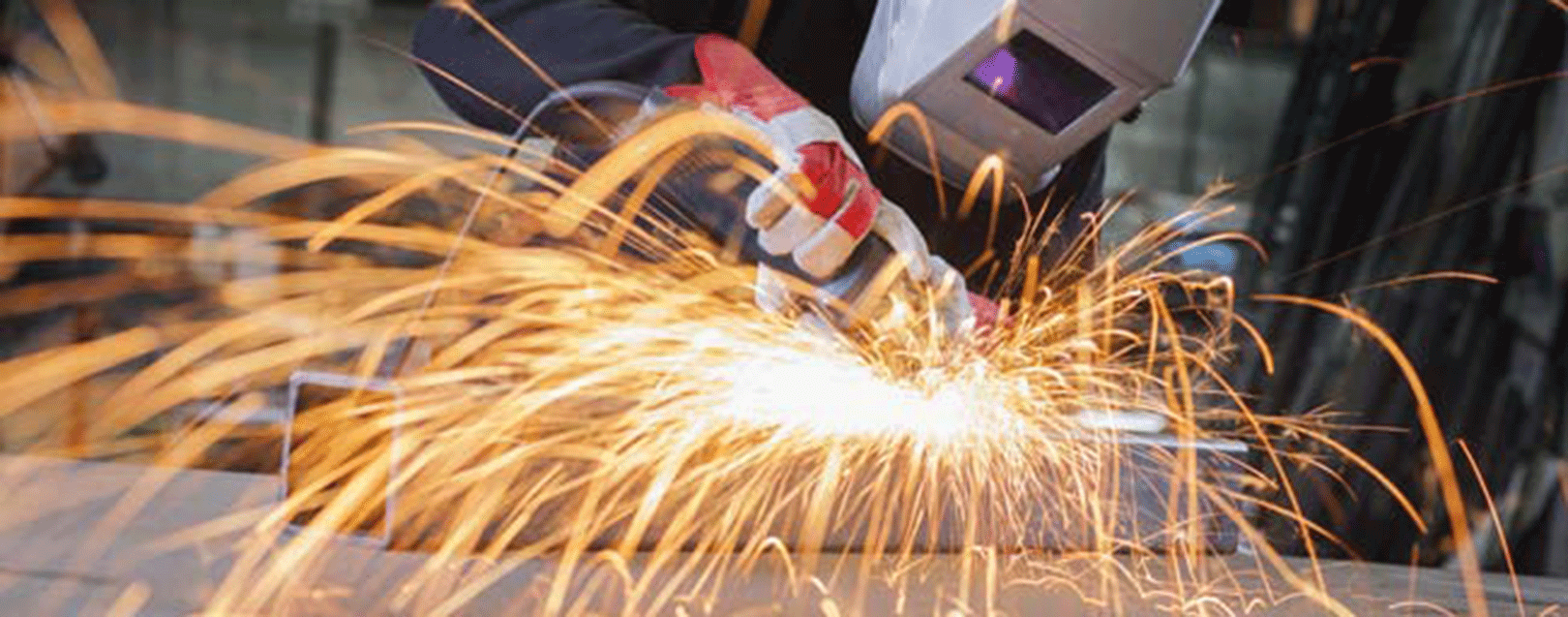
An ambitious plan to make India a manufacturing superpower
Prime Minister Narendra Modi’s ‘Make in India’ policy is now five months old. The initiative focuses on attracting businesses to invest and manufacture in India, with an aim to make India a global manufacturing hub while bringing about an economic transformation in the country. The government is pushing for creating lucrative opportunities for foreign investors to set up manufacturing units in the country and thus giving economic growth a boost.
Cyber Storm
The campaign has taken the digital approach in propagating its agenda across the globe. The website (www.makeinindia.com) has received immense response with page views of over 5.5 million accessed by over 1.7 million users across the world. Modi’s ‘Make in India’ campaign adds a new member every three seconds on its Facebook page and has been the most sought after government initiative ever on any digital media platform. All this reveal the immense popularity of the policy across the world. The Modi government is on the track to make India a top investment destination. ‘Make in India’ aims to increase the share of manufacturing in GDP from 16% to 25% by 2020 and create 100 million jobs.
Besides attracting foreign investments, the initiative also aims at identifying domestic companies having leadership in innovation and new technology for turning them into global champions. The focus will be on promoting green and advanced manufacturing and helping these companies become an important part of the global value chain. The campaign will not only give an instant boost to the Indian economy but will also help in generating employment for the underprivileged and the poor in India, increasing their purchasing power and enabling them to improve their living standards. It is interesting to note that the ‘Make in India’ campaign has also inspired domestic mutual funds to launch schemes that would benefit from the proposed initiative.
For FDI
The government has identified 25 key sectors in which India can excel in world trade and manufacturing. The sectors include automobiles, chemicals, IT, pharmaceuticals, textiles, ports, aviation, railways, leather, hospitality & tourism, wellness, renewable energy, mining and biotechnology among others. Industrial production growth has high correlation with FDI inflows. The effect of FDI on economic development ranges from productivity increase to enabling greater technology transfer. Higher FDI inflows are central for India to transcend from 5-7% growth to 10-12%. India currently fares poorly on FDI when compared with its global peers like China, Mexico etc. Recently, the Foreign Direct Investment policy has been liberalised. 100% FDI under automatic route has been permitted in construction, operation and maintenance in specified rail infrastructure projects and in defence, it has been liberalised from 20% to 49%.
The Minister of State for Finance Jayant Sinha has said that India will soon see a surge in Foreign Direct Investment, including that from USA as its economy picks up steam. It is worth mentioning that Germany’s Finance Minister has welcomed the ‘Make in India’ initiative and has expressed keen interest in working with India in the manufacturing sector, especially in auto and solar energy industries. Similarly, President Putin, during his recent visit to India, said that he expects to move beyond the exchange of finished products to the establishment of joint ventures.
Joining Hands
‘Make in India’ campaign needs to be bold and sustained measures are needed from both the public and private sectors. To achieve a manufacturing-led transformation, India needs to undertake a well planned and structured approach. The first consideration is to maintain its cost advantage in an environment of fierce competition. Maintaining the cost advantage would entail keeping a check in the increase in wages and other factor costs. There is also a need to pursue long term goals of fostering technology and innovation. Infrastructure is the backbone of any economy. To gain investor confidence and attract high FDI, India needs to set right its poor infrastructure through investment in highways, ports and power plants. This will not only ensure an effective supply chain and key inputs feeding into the manufacturing process, but also create a seamless link across production hubs and end markets – both domestic and global. And the private sector needs to play a significant role in these developmental works.
Make it easy
For the manufacturing sector to take advantage of the improved physical infrastructure, the need for having a strong human capital is recognised. Government’s efforts need to equip the working age population with the right kinds of skill so that the manufacturing sector finds them employable. One of the decisions the government has taken in this regard is to set up a separate Department of Skill Development and Entrepreneurship. Radical labour reforms, a simpler tax structure and easier access to formal credit mechanisms are also important factors to be considered. India will need to show dramatic improvement in its ‘Ease of Doing Business’. Today, India’s rating in the World Bank’s ‘Ease of Doing Business’ list is the lowest among large developing economies. Addressing these cost and non-cost factors, and building a perception around these improvements in the international arena, are crucial for India to succeed in the future and thereby, convert India to a self-reliant country and give the Indian economy global recognition.


 to success.
to success.